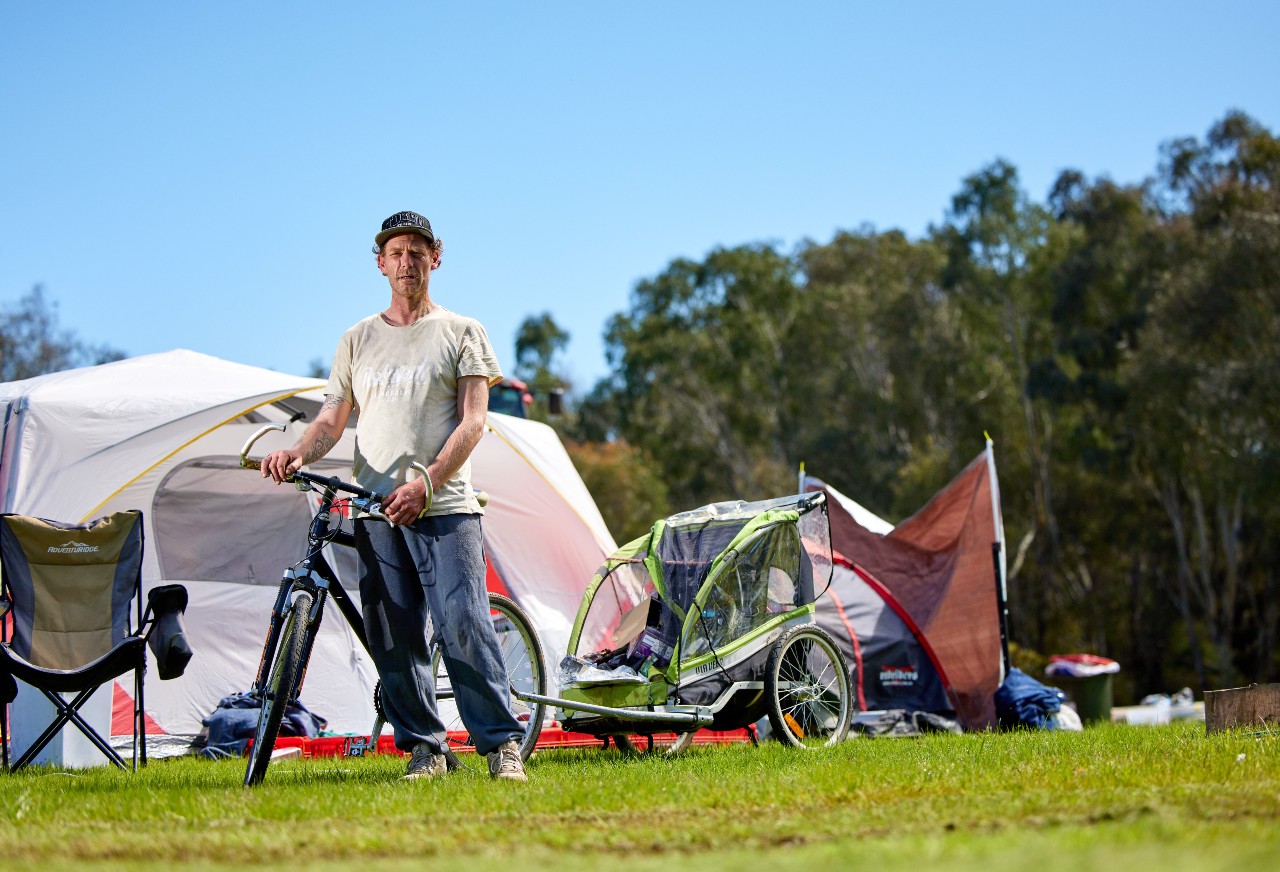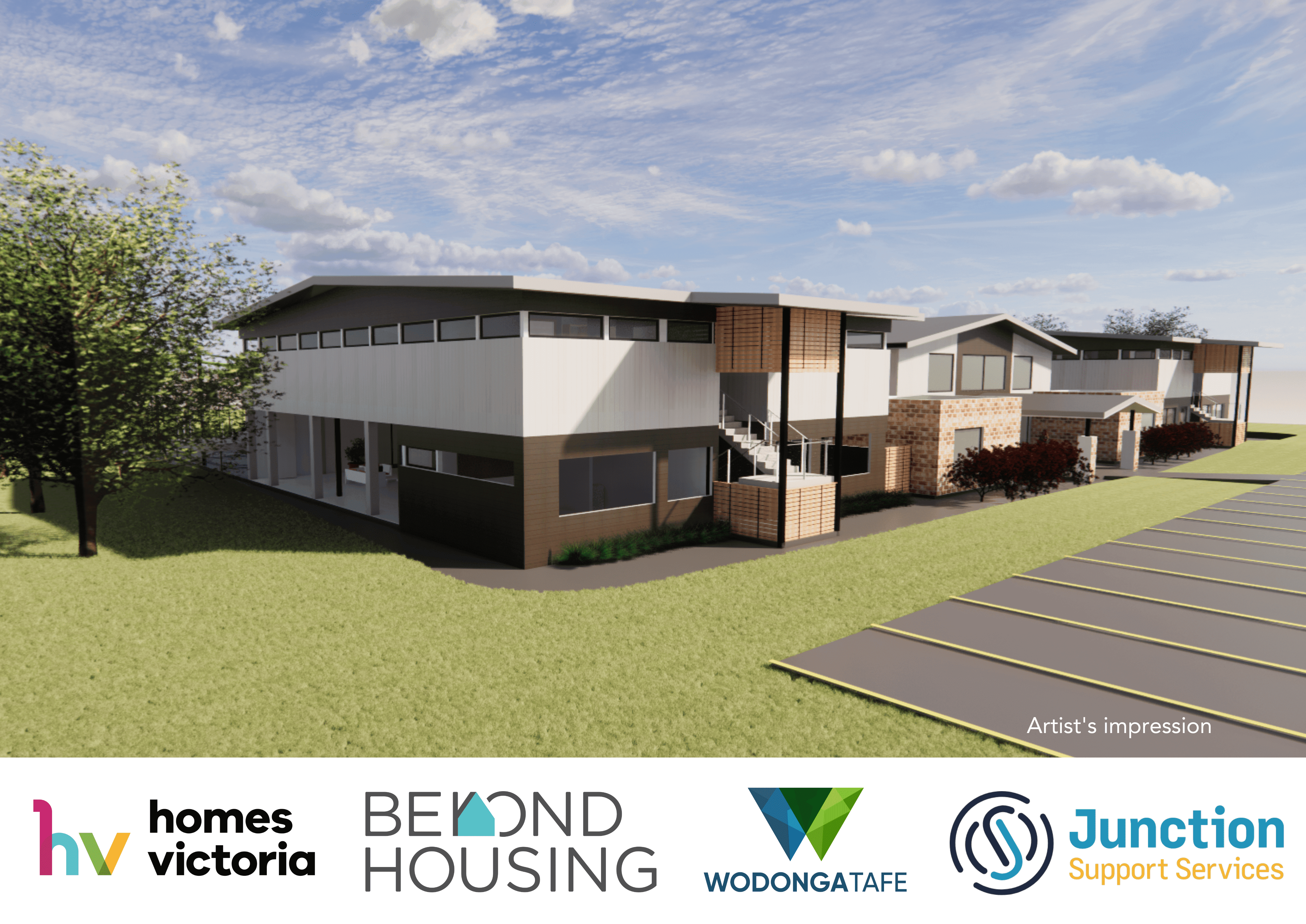News
Census reveals homelessness on rise in regional Victoria

The release of the latest 2021 Census data reveals that homelessness is still on the rise in regional Victoria.
More than 1,222 people experienced homelessness on 2021 Census night in the Ovens Murray and Goulburn region, an increase of 13.2 per cent from 2016.
The number of people considered marginally housed and at risk of homelessness is also substantial, with 1,288 people at real and immediate risk on Census night.
Across the region homelessness rates have spiked compared to 2016 Census
- 67 per cent increase in Wangaratta
- 28 percent in Wodonga
- 26 per cent in the Strathbogie Shire
The rate of homelessness in parts of the region rates eclipse the Victorian and Australian rates. In Moira Shire, it is 77 per 10,000 people, 61 per 10,000 in Greater Shepparton and 50 per 10,000 in Wodonga.
The highest numbers of people experiencing homelessness in the region on Census night were in
- Greater Shepparton – 418 people
- Wodonga – 215 people
- Wangaratta – 125 people.
If the Census survey was done now, the picture would be far worse
The demand for our services is growing and the solutions are harder to find. High homelessness rates in the region have been worsened by the current cost-of-living crisis, by flooding in Greater Shepparton and Mitchell Shires and by the severe shortage of affordable rental housing.
Census data offers an important insight into the prevalence of homelessness in the region. It is snapshot of what is happening and is valuable in informing homelessness support services like ours, our partner agencies, and decision-makers at all levels of government about the considerable homelessness need in our community.
Informs where we locate our services, build community housing and the partnerships we need in the communities where homelessness rates are worsening.
Housing ends homelessness
The picture for regional Victoria is both desperate and compelling. But there are solutions to ending homelessness in Victoria – and the new Census data must be the catalyst for urgent action and continued investment in proven critical programs that support people without a home and those at immediate risk.
It highlights the critical need for the government to continue building more social and affordable housing and to continue to adequately fund homelessness services to meet demand. We encourage the State and Federal governments to commit to funding the support and pathways to home that have real social impact.
We can continue making inroads to ending homelessness. Housing ends homelessness. A safe, secure, affordable home is the foundation of human dignity and opportunity. Home. Not Homeless.

